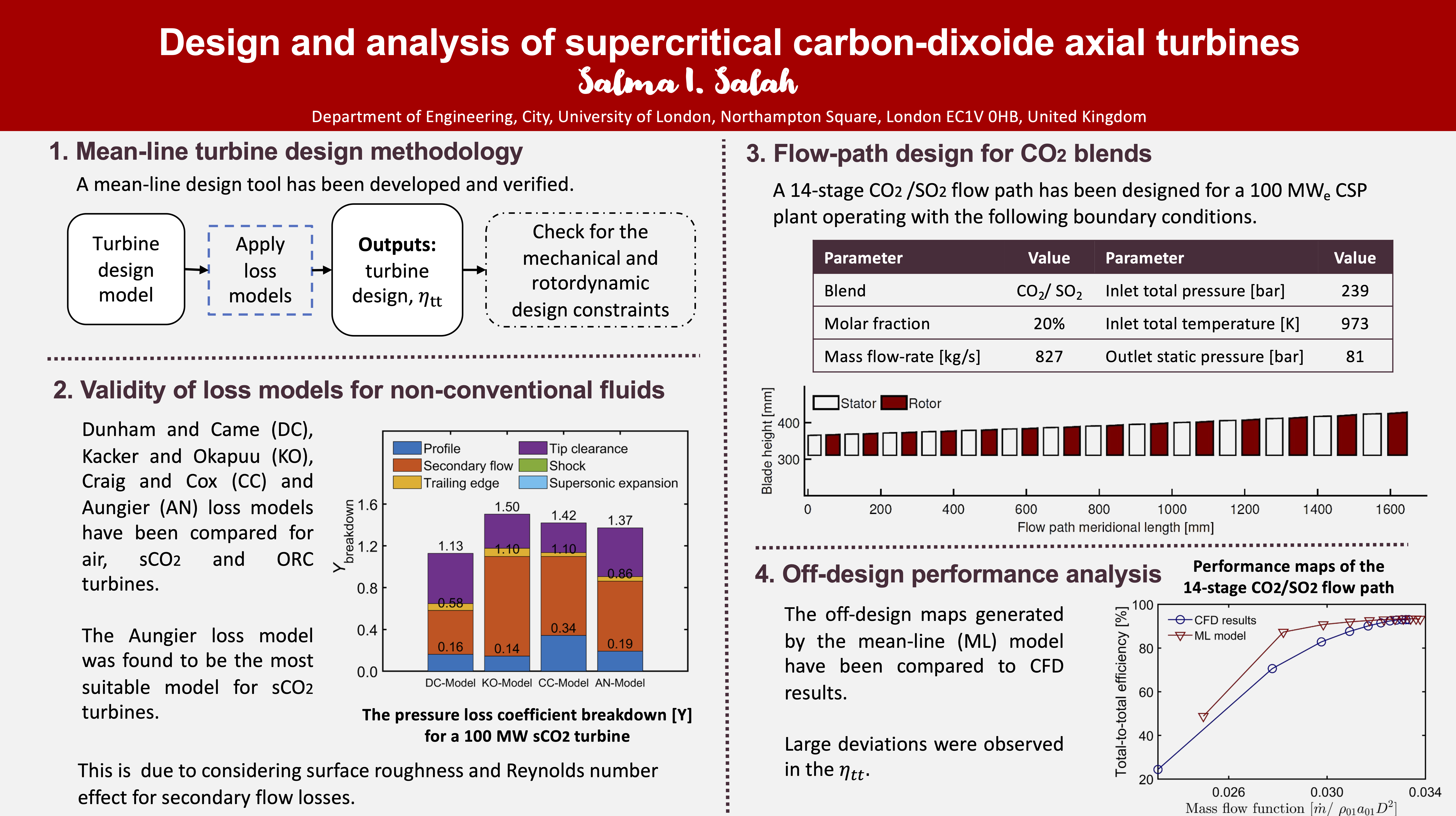Congratulations to Salma Salah – my first co-supervised PhD to get over the finishing line
This April saw another first milestone for me with my one of my first PhD students that I have had the privilege of co-supervising passing their viva examination. Of course, all the congratulations belong to Salma for all the hard work, but nonetheless as a supervisor it is really rewarding to look back and reflect on the journey of the past four years.
Four years ago, I was still working as a Postdoctoral Researcher and excitedly awaiting the start of my RAEng Fellowship. At the same time, the SCARABEUS project was just getting started and we started to advertise and recruit the PhD students that would carry out research related to that project. This was my first time co-supervising PhD students, so whilst Salma and her colleagues were embarking on a new journey for themselves, I found myself doing something similar.
I think a successful student-supervisor relationship is one of the cornerstones of a successful PhD. Often when people start thinking about a PhD, they might often focus on the research topic. But making sure that the supervisor is a good fit is equally important. For this reason, when I was recently recruiting my first PhD student at Sussex, I gave prospective applicants the contact details of my current PhD students so they can find out what I was like to work with.
A quick google search reveals a few different perspectives about what makes a successful relationship. But looking back on it, what were the fundamental principles that I focussed on? Well, reflecting on it, I think there are three areas that I prioritised.
My three cornerstones
Firstly, I think a PhD should be based on collegiality. A partnership of equals, rather than a hierarchical boss-employee relationship. Yes, as a supervisor I have more technical knowledge at the beginning, but that doesn’t mean I know all the answers (it wouldn’t be research if I did, after all). Looking back on things, I think I learnt just as much about the topic as Salma did, and thus we were partners in that journey of discovery.
My second point is availability. I always strived to make myself available to PhD students and give them plenty of my time to talk through problems, scope out research ideas or cover theory or methods. Or even discuss non-research things. In truth, those sessions are one of the best times of the week, providing an opportunity to forget amount some of the more mundane academic activities and focus on all things research. In practical terms, I always set aside the same afternoon every week for PhD students. They knew I was free in that time and my door (metaphorical in covid times) was always open. Equally, those meetings were never enforced, so there was never any expectation to deliver things weekly.
My third and final point is responsiveness. That means responding to queries and questions as soon as possible. It also means making sure feedback on things like draft papers, reports and thesis chapters is always done in a timely manner. Being rather impatient myself, I know what it is like to be waiting on things. In that case, I always prioritised feedback in a timely manner, and if that wasn’t always possible, I made it clear from the outset when feedback can be expected.
There you have it – my three cornerstones. Of course, there are other important ingredients, and perhaps those looking for slightly more exhaustive list might want to refer here as a starting point.
Congratulations to Salma
The last thing is to congratulate Salma once again on this wonderful achievement. Rather than tell you what Salma’s PhD research was about, I thought I would ask her directly for a few words. So here you have it:
“I have been working during the last four years on a PhD research project entitled “the design and analysis of supercritical carbon-design axial turbines”. This research is a part of the SCARABEUS project which aims to demonstrate the application of CO2 blends for concentrated-solar power (CSP) plants to enable cycle efficiencies greater than 50%, and hence enhance the competitiveness of CSP technologies in the energy market. Considering that the turbine efficiency significantly affects the overall plant performance, the overall aim of my research is to develop design and optimisation tools for a 100 MW scale sCO2 multi-stage axial turbine designs for concentrated-solar power cycles.
Turbine design is a multi-stage process that starts with preliminary aerodynamic design and optimisation using a combination of one-dimensional mean-line design and suitable loss models. These models are used to quantify the energy losses that the working fluid experiences during the expansion in the blade rows, and hence they can predict overall turbine performance. To develop a turbine design operating with CO2 blends that stands from a practical design point, other considerations should be considered, such as mechanical and rotor-dynamic considerations, to ensure a turbine design withstands the applied stresses and can operate safely under the different operating conditions. Therefore, the scope of this research focused on exploring the existing design methodologies to produce a mean-line design for a multi-stage axial turbine operating with CO2 blends and to investigate the validity of the loss models for non-conventional working fluids (such as CO2 and organic fluids). Within this research I worked on developing a mean-line design tool that can optimise the aerodynamic turbine performance alongside complying with rotodynamic and mechanical design criteria. Additionally, multiple loss models have been integrated within the design tool to examine their prediction capability for turbines operating with these non-conventional working fluids. Using the developed tool, the loss models have been compared for air, sCO2 and ORC turbines. Ultimately, a 14-stage CO2 /SO2 flow path has been designed for a 100 MW CSP plant and the financial feasibility of the turbine flow path has been investigated to ensure that the design stands from an economic point.”
